Hibiscus tea
$18 Original price was: $18.$14Current price is: $14.
- Product name: Hibiscus tea
- Origin: Viet Nam
- Ingredients: 100% naturally dried hibiscus flower, no flavoring or preservatives.
- Size: 100gr zip bag
- Store in a dry, cool place, away from direct light
Hibiscus tea, a vibrant and tangy herbal infusion, has been enjoyed for centuries across different cultures for its refreshing taste and potential health benefits. Made from the dried petals of the Hibiscus sabdariffa flower, this ruby-red tea is naturally caffeine-free and packed with antioxidants. Whether served hot or iced, hibiscus tea offers a delightful balance of tartness and subtle sweetness, making it a popular choice for those looking for a flavorful and health-conscious beverage.
In this article, we’ll explore the origins, health benefits, and best ways to enjoy this beloved herbal tea.
Product information hibiscus tea
- Product name: Hibiscus tea
- Origin: Viet Nam
- Ingredients: 100% naturally dried hibiscus flower, no flavoring or preservatives.
- Size: 100gr zip bag
- Store in a dry, cool place, away from direct light
What is hibiscus tea?
Hibiscus tea has a deep-rooted history that spans continents and centuries. Its origins can be traced back to ancient Egypt and Sudan, where it was highly valued for its refreshing and medicinal properties. Egyptian pharaohs and nobles were known to drink hibiscus tea to cool down in the sweltering desert heat, and it was also used in traditional medicine to treat various ailments, including high blood pressure and digestive issues.
The plant, Hibiscus sabdariffa, thrived in these regions due to the warm climate, allowing it to become a staple ingredient in herbal remedies and beverages. As trade routes expanded, hibiscus tea spread across Africa, the Middle East, and Asia, each region incorporating it into its own culinary and medicinal traditions.
In West Africa, the drink became known as “bissap” and was commonly served during social gatherings and celebrations. In the Caribbean and Latin America, it took on the name “agua de Jamaica,” a popular iced beverage enjoyed for its tart, cranberry-like flavor. In countries like Thailand and India, hibiscus tea became part of Ayurvedic and traditional herbal medicine, believed to promote heart health and overall well-being.
Today, hibiscus tea is enjoyed globally, both as a refreshing drink and a natural health remedy. With its vibrant red color, tangy taste, and numerous health benefits, it continues to be a favorite among tea lovers and wellness enthusiasts. Whether consumed hot or cold, hibiscus tea remains a symbol of cultural heritage and holistic healing, connecting generations through its unique flavor and rich history.
Health benefits of hibiscus tea
Hibiscus tea is not only a flavorful and refreshing beverage but also a powerhouse of health benefits. Packed with antioxidants, vitamins, and essential nutrients, this vibrant herbal tea has been traditionally used in various cultures to promote overall well-being. Here are some of the key health benefits of hibiscus tea:
- Supports heart health: One of the most well-known benefits of hibiscus tea is its ability to help maintain healthy blood pressure levels. Studies suggest that drinking hibiscus tea regularly may help lower high blood pressure, making it a natural and effective option for heart health. Additionally, it may help reduce LDL (bad) cholesterol levels, which can contribute to better cardiovascular function.
- Rich in antioxidants: Hibiscus tea is loaded with powerful antioxidants, such as anthocyanins, which help fight free radicals in the body. This can reduce oxidative stress and may lower the risk of chronic diseases, including heart disease and cancer. Antioxidants also play a crucial role in promoting youthful skin and overall cellular health.
- Boosts immune system: Thanks to its high vitamin C content, hibiscus tea helps strengthen the immune system, making the body more resistant to infections, colds, and flu. Its antibacterial and anti-inflammatory properties further support the body’s natural defenses.
- Aids in weight management: Hibiscus tea has been found to support healthy metabolism and may help prevent excessive fat accumulation. Some studies suggest that it can inhibit the production of amylase, an enzyme that breaks down carbohydrates, which may aid in weight control when combined with a healthy diet and exercise.
- Improves digestion: Traditionally used as a digestive aid, hibiscus tea can help relieve bloating, indigestion, and constipation. It acts as a natural diuretic, promoting healthy kidney function by flushing out excess fluids and toxins from the body.
- Supports liver health: Research indicates that hibiscus tea may help improve liver function by promoting detoxification and reducing liver fat buildup. The antioxidants in hibiscus help protect the liver from damage, supporting overall liver health and function.
- Promotes relaxation and reduces stress: Hibiscus tea is naturally caffeine-free, making it an excellent choice for relaxation and stress relief. Its calming properties may help reduce anxiety, lower cortisol levels, and promote better sleep, making it a great alternative to caffeinated drinks.
- Helps regulate blood sugar levels: Some studies suggest that hibiscus tea may help regulate blood sugar levels, making it beneficial for people with diabetes or those at risk of developing the condition. However, it should be consumed in moderation and as part of a balanced diet.
How to brew hibiscus tea
Hibiscus tea is easy to make and can be enjoyed hot or iced, depending on your preference. With its bold, tart flavor and vibrant red color, this refreshing tea is perfect for any time of the year. Below is a simple guide on how to prepare hibiscus tea in different ways.
Ingredients:
- 1–2 tablespoons of dried hibiscus petals (or 2–3 hibiscus tea bags)
- 2 cups (500ml) of water
- Honey, sugar, or another sweetener (optional)
- Lemon or lime slices (optional)
- Ice cubes (for iced tea)
- Fresh mint leaves (optional, for garnish)
How to make hot hibiscus tea
- Step 1: Boil the Water – Bring 2 cups of water to a boil.
- Step 2: Add the Hibiscus – Place the dried hibiscus petals or tea bags in a teapot or mug. Pour the hot water over them.
- Step 3: Steep the Tea – Let the tea steep for about 5–10 minutes, depending on how strong you like it. The longer it steeps, the deeper the color and the more intense the flavor.
- Step 4: Strain and Sweeten – If using dried petals, strain the tea to remove them. Add honey, sugar, or a natural sweetener if desired.
- Step 5: Serve and Enjoy – Pour the tea into a cup, add a slice of lemon or lime for extra flavor, and enjoy your hot hibiscus tea!
How to make iced hibiscus tea
- Step 1: Brew the Tea – Follow the same steps as for hot hibiscus tea, but use 4 cups (1 liter) of water instead of 2.
- Step 2: Cool the Tea – Let the brewed tea cool to room temperature, then transfer it to the refrigerator for at least 1 hour.
- Step 3: Serve Over Ice – Fill a glass with ice cubes and pour the chilled hibiscus tea over them.
- Step 4: Add Garnishes (Optional) – Enhance the flavor by adding fresh mint leaves, lemon slices, or a splash of orange juice.
- Step 5: Enjoy! – Stir, sip, and enjoy a refreshing glass of iced hibiscus tea!
Pro tips:
- For a stronger tea, increase the amount of hibiscus petals or let it steep longer.
- For a milder tea, use fewer petals or steep for a shorter time.
- For an herbal blend, mix hibiscus with other ingredients like ginger, cinnamon, or chamomile.
- For a sparkling version, mix chilled hibiscus tea with sparkling water.
How to store hibiscus tea properly
To maintain the freshness, flavor, and health benefits of hibiscus tea, proper storage is essential. Whether you have dried hibiscus petals or pre-packaged hibiscus tea bags, following the right storage methods will ensure a longer shelf life and the best quality. Here’s how to store hibiscus tea correctly:
Storing dried hibiscus petals
Dried hibiscus petals are delicate and can lose their potency if exposed to moisture, heat, or direct sunlight. Follow these tips to keep them fresh:
- Use an airtight container: Store dried hibiscus petals in an airtight glass jar, metal tin, or resealable plastic bag to prevent exposure to air and moisture. Avoid using paper or cloth bags, as they can absorb moisture and affect the quality.
- Keep in a cool, dark place: Store the container in a cool, dry area, away from direct sunlight and heat sources like stoves or ovens. A kitchen cabinet, pantry, or a dedicated tea storage box is ideal.
- Avoid humidity and moisture: Moisture can lead to mold growth and spoil the tea. Always use a dry spoon when handling the petals, and make sure the container is sealed tightly after each use.
- Check for freshness: Properly stored dried hibiscus petals can last up to 1–2 years. However, if they develop an off smell, faded color, or mold, it’s best to discard them.
Storing hibiscus tea bags
Hibiscus tea bags are slightly easier to store but still require proper handling to maintain freshness.
- Keep in the original packaging or an airtight container: If the tea bags come in a resealable package, keep them sealed. Otherwise, transfer them to an airtight tin or glass jar.
- Store away from strong odors: Tea bags can absorb strong odors from spices, coffee, or other food items. Keep them in a separate container or cabinet.
- Use within the recommended timeframe: While hibiscus tea bags don’t expire quickly, they taste best when used within 6–12 months of purchase.
Storing brewed hibiscus tea
If you’ve already brewed hibiscus tea and want to store it for later, follow these steps:
- Refrigerate immediately: Let the brewed tea cool to room temperature, then transfer it to a glass jar or airtight bottle. Store in the refrigerator for up to 3–5 days.
- Avoid leaving it at room temperature for too long: Leaving brewed hibiscus tea out for extended periods can lead to bacterial growth and spoilage.
- Shake or stir before drinking: Some natural sediments may settle at the bottom, so give the tea a quick stir before serving.
Final tips for storing hibiscus tea
- Label containers with the purchase date to track freshness.
- Store away from direct light, heat, and humidity.
- Use glass or metal containers instead of plastic to preserve flavor.
- If freezing dried hibiscus petals, use a vacuum-sealed bag to prevent moisture damage.
Following these simple storage methods, you can enjoy fresh, flavorful hibiscus tea for a long time. Proper storage not only preserves its taste but also ensures you get the full health benefits from this wonderful herbal tea.
Hibiscus tea is more than just a flavorful drink—it’s a powerhouse of health benefits and a refreshing addition to any diet. Whether you enjoy it hot on a chilly day or iced for a cool summer refreshment, its vibrant color and tangy taste make it a favorite among tea lovers worldwide. With its natural antioxidants, potential heart health benefits, and caffeine-free nature, hibiscus tea is a great choice for those looking to embrace a healthier lifestyle.
So why not brew yourself a cup and experience its delightful taste and wellness benefits today?
Be the first to review “Hibiscus tea” Cancel reply
Related products
Tea
Tea
Tea
Tea
Tea
Tea

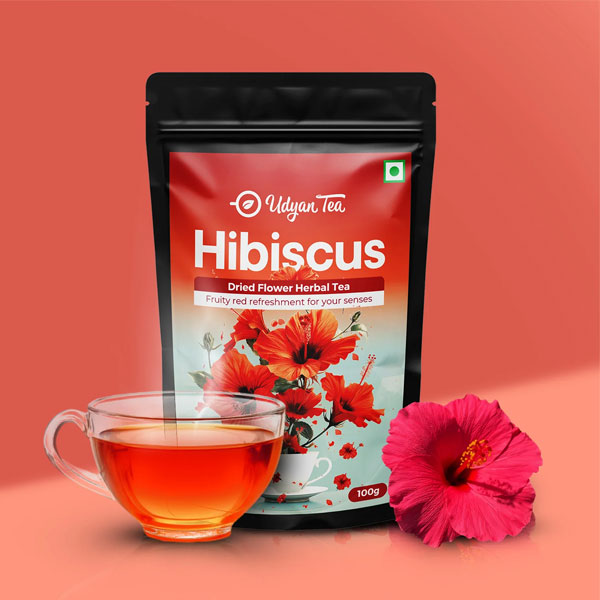
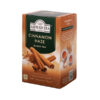
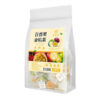
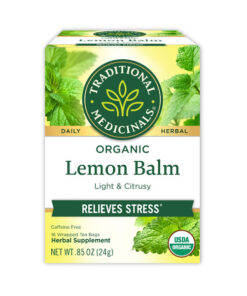
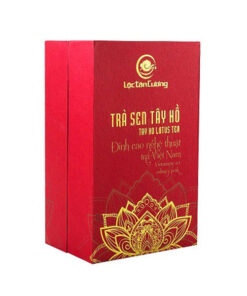
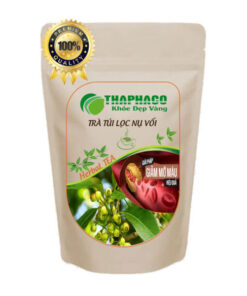


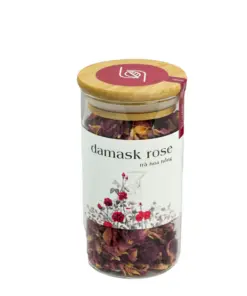
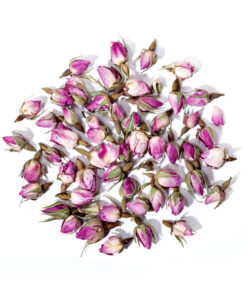
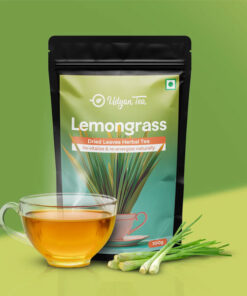
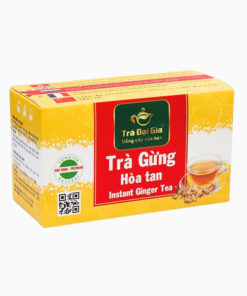
Reviews
There are no reviews yet.